China’s PDH Sector Faces Slow Recovery Amid Geopolitical, Trade Uncertainty
China’s propane dehydrogenation sector is expected to see a slow recovery amid geopolitical risks in the Middle East and lingering uncertainty from the ongoing U.S.-China trade war, LPG market analysts said.
China’s PDH operating rate is estimated at 69.1% in June, with a slight increase to 70.1% expected in July, according to the latest data from Chemical Market Analytics by OPIS. [Explore the OPIS Global LPG Outlook to empower your LPG market decisions with expert analysis and forecasts.]
Analysts noted some bullish sentiment in the market, with many players anticipating that the 90-day tariff suspension announced in May to spur renewed demand for LPG among Chinese importers and push operating rates back to pre-tariff levels seen earlier this year of above 70%.
However, other analysts pointed out that this recovery has yet to materialize. Chinese buying remains weak, and the days-old Israel-Iran conflict has added further pressure on importers, already struggling with poor margins and difficulties in sourcing feedstock.
“Traditionally, Chinese importers buy U.S.-origin LPG cargoes for PDH units as they are cheaper than Middle Eastern cargoes. But now, Far East swaps have risen following the Israel-Iran conflict, and the spread between Far East swaps and the Saudi CP swaps has narrowed, indicating that U.S. cargo prices are rising and catching up to Middle Eastern cargoes. It’s a situation where both options are expensive, so it’s unlikely that Chinese buyers will seek July delivery cargoes anytime soon,” a trader said.
The July spread narrowed to minus $11 per metric ton on Friday when Israel launched its first attack from minus $42.50/mt the previous day, OPIS assessments show. The spread has remained tight this week so far, averaging at minus $15.7/mt.
Other analysts noted that the uncertainty surrounding the 90-day tariff pause has prompted many Chinese importers to adopt a wait-and-see approach, concerned about a possible policy reversal. Many prefer to hold off on purchasing until the pause ends and there is more clarity.
Market sources said that while some Chinese importers sought alternative spot Middle East LPG cargoes via tender following the tariff pause, this may not continue due to the risk of shipping disruptions, especially as reports emerge of Iran considering closing the Strait of Hormuz.
“The Strait of Hormuz is a critical choke point for oil and gas cargoes. Middle Eastern exporters rely exclusively on this route for seaborne LPG exports to Asian markets, with no other alternative routes available. A potential closure would cut off the supply of Middle Eastern cargoes to China,” a shipbroker noted.
“Currently, there are limited alternatives for China to secure cargoes with both [geopolitical and trade] risks in play. The slight increase in PDH operating rates from June to July is mainly due to units returning from maintenance, but many are still running at curtailed rates. Recovery remains slow, and operating rates are unlikely to return to pre-tariff levels anytime soon,” a Singapore-based analyst said.
–Reporting by Cheryl Lee, clee@opisnet.com; Editing by Mei-Hwen Wong, mwong@opisnet.com
